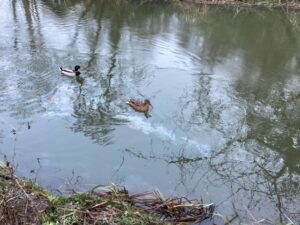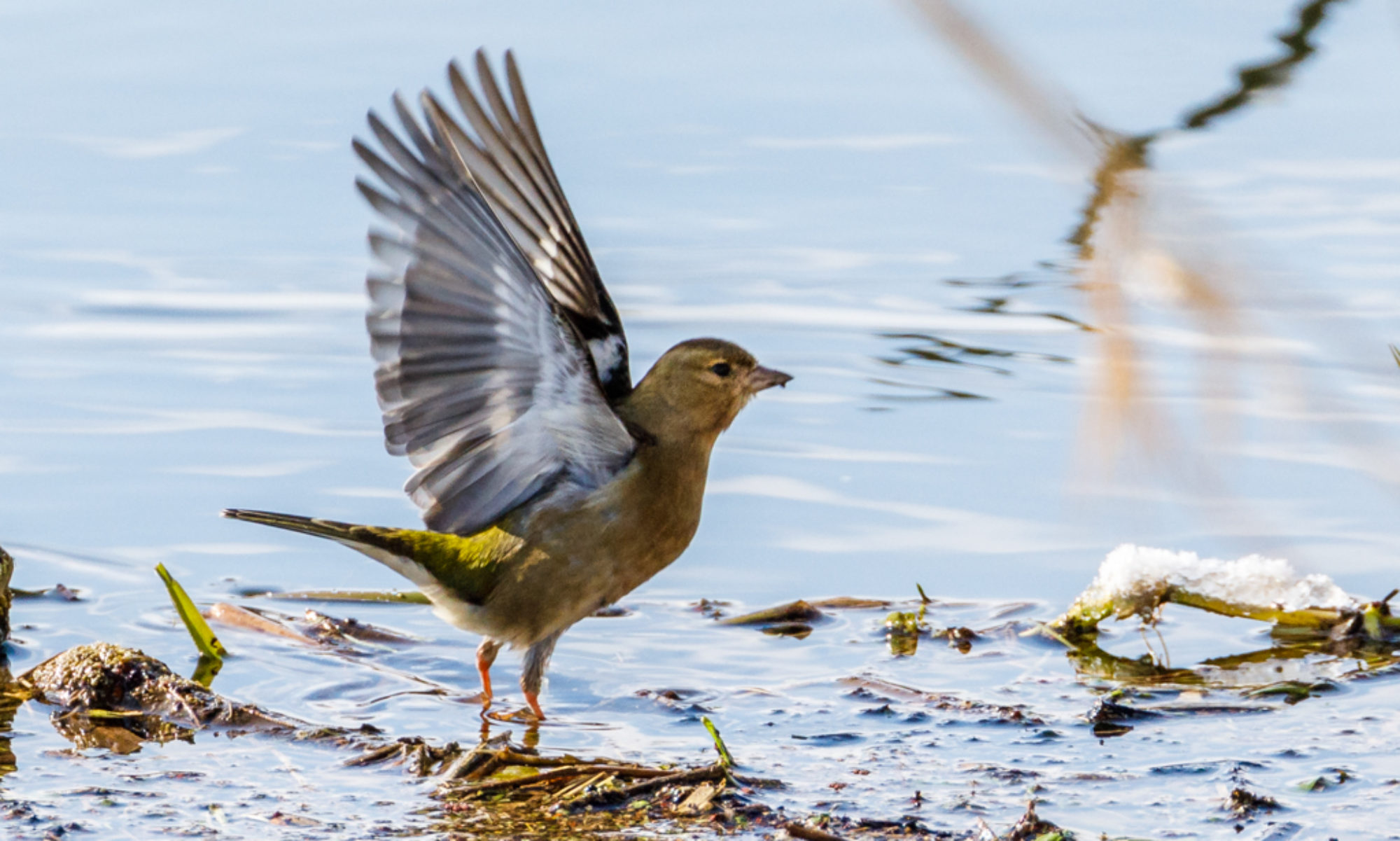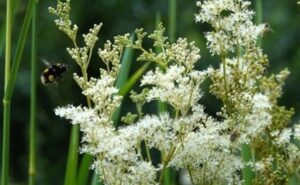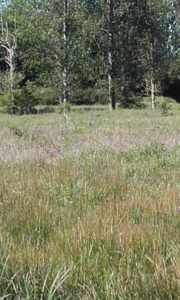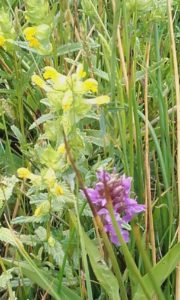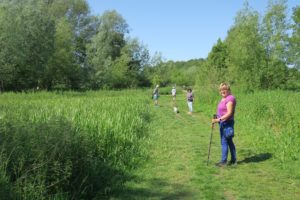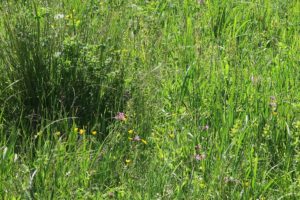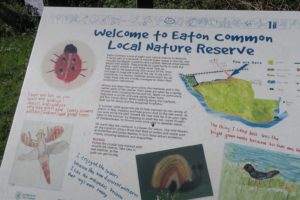The following news item appeared today (8/8/2020) on the Norwich Rugby Club website:
“RELOCATION PLAN IS OFF
This message from Bob Annable:
At the AGM I advised that the University of East Anglia had expressed an intention to withdraw from the Colney Lane development and the Club’s relocation project. I can now tell you that the University has formally confirmed its intention to withdraw by issuing us with an appropriate notice to that effect. A press release has been issued today.
Since being made aware of this likelihood, the Development Committee has been considering the alternative options that are open to us and continues to do so. Once we have assessed these options the intention is to share them with the Membership for formal feedback and views.
There is also a need to manage any financial liability this decision leaves us with. We will be starting discussions with the University next week but can tell you the relationship remains amicable and collaborative and that we have the University ‘s assurance to work with us in finding an acceptable proposal that does not leave the club in an any more challenging financial position than we currently face as a consequence of the Coronavirus pandemic.
We therefore see this very much as ‘business as usual’ at Beeston Hyrne, for the foreseeable future and once the current constraints imposed on us by Covid 19 are behind us.”
Further background details are available in the Eastern Daily Press for today (8/8/2020) on page 12, and on-line here
The Yare Valley Society comments: The proposed relocation of the Rugby Club and the building of a new Club House and parking area was a serious intrusion into the Yare Valley Green Infrastructure Corridor, seemingly contradicting its protected status. Some parking space for the Rugby Club, by Colney Lane, has already been constructed, covering green space with asphalt. As the Yare Valley Society warned at the time, the nature of the planning approval permitted a car park to be constructed for a facility that may not exist. What a mess!
The Yare Valley Society will be reviewing the changed situation and what it might mean for the Yare Valley green space in the future.
